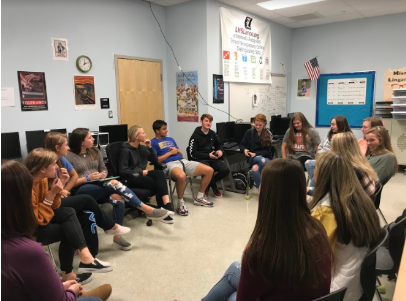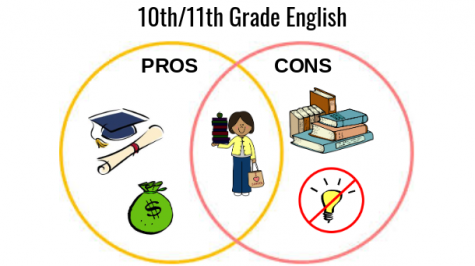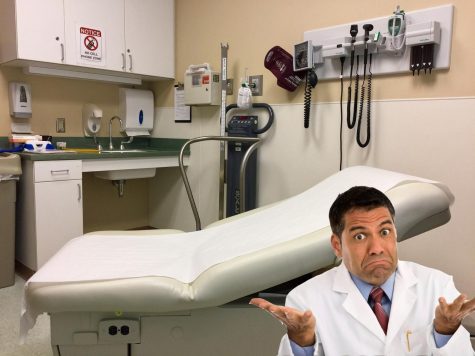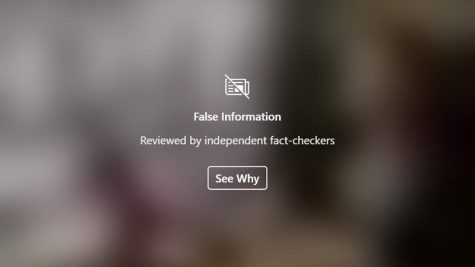Restorative Practices: “Circle time” in high school transforms relationships

The third period journalism class performing a relationship building circle with Rebecca Howes
October 23, 2019
School is stressful. Students often feel as though they don’t have anyone they can talk to about their anxieties, and a lot of students may have trouble connecting with their fellow classmates.
Restorative circles are the answer. They can be used to form new or deeper relationships or to fix problems.
Mrs. Natalie Rebetsky’s third period journalism class volunteered to try a relationship-building circle.
Behavioral support specialist Rebecca Howes was the facilitator. A facilitator must be trained before they can guide the circle. Howes got her training at the International Institute for Restorative Practices (IIRP).
Junior Elizabeth Rajnik said “It’s a really great way to calm students down in the middle of the day. It also gathers students together who wouldn’t normally talk to each other, and makes it easier for students to learn more about each other.”
Many people in the class think that this could be useful to have in schools.
How it works is simple. Everyone sits in a circle so that everyone is equal, and the middle has to be clear so there are no boundaries between people. A talking piece is used so that no one gets interrupted and everyone gets a turn. The piece can be something meaningful to the facilitator or something to put students at ease. A facilitator proposes a question and then the talking piece gets passed around. It can be passed by just throwing the piece or whatever pattern the group chooses. When you get the piece, you can either answer or pass it.
A major plus is having the option to not share and just pass. At the end of the circle, if a student passes, they are given an opportunity to speak again. Even if the student never speaks it can still be helpful to listen to what others have to say.
Rules are established at the beginning of the circle: don’t speak if you don’t have the talking piece, don’t interrupt someone sharing, and everything that is said stays within the circle, confidentiality – The circle is successful when people agree to not share with others. Having the trust among the people in the circle lets the stories become more personal and the experience more meaningful.
A new approach to traditional discipline.
— Rebecca Howes
Howes says this method can be “a new approach to traditional discipline.”
Restorative practices can be used as a first step to punishment. If there is a behavior issue in class, a circle can be formed with the teacher, student, and the facilitator. By using this method before actual punishment, it can lead to a solution before punishment is necessary.
It can also be used for students who aren’t as active in class. It “focuses on the community in the classroom and relationships between students and a student and their teacher,” said Howes. When a student is subject to an activity like this, “they feel heard.”
There are many types of restorative practices. Each type is intended for a variety of purposes. This process should be implemented in schools, as it gives students a “safe space” to just talk.
Repairing harm circles can go on even between a teacher and students. The goal for this type is to fix the mistrust and move forward.
A relationship building circle is used to form deeper bonds with the people in the circle.
The Frederick County Teachers Association (FCTA) started a movement to get restorative practices in Frederick County. Baltimore City, Washington County, and Prince George’s counties have already started using this method and it has been successful. Data from those schools has shown changes in student behavior.
Junior Francisco Palacios said, “It’s a way to be able to express your feelings in an appropriate setting where it is okay to open up and have people listen, rather than somewhere else.”
Howes is currently working toward getting these practices in all Frederick County schools. She facilitates a book study for teachers on restorative practices. Howes hopes that her encouraging the restorative practices will lead to them being used in other schools in Frederick County.
This process would not only be beneficial to students, but also to teachers.
Howes said, “It helps form relationships between colleagues because there is always a disconnect.”










